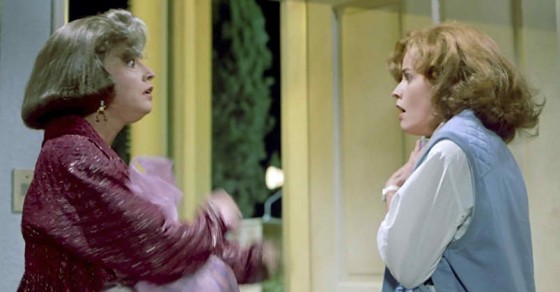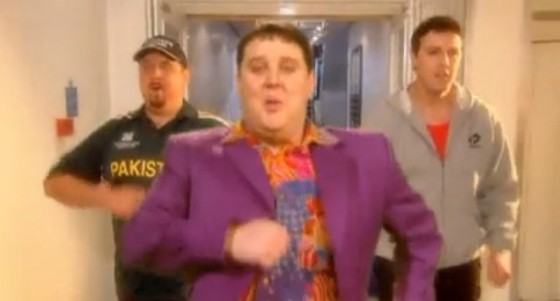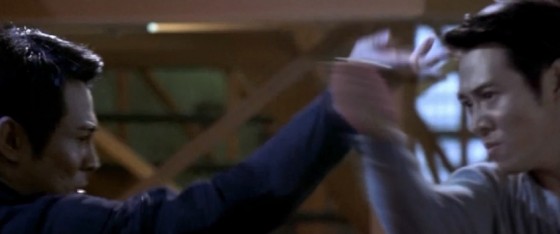When I first started making amateur films with my grandad’s Video8 camcorder, the only “actors” I had available were me, my friend David Abbott and occasionally my sister. Even a little later on, when I managed to rope in a few extra friends, there were still far more characters than actors. The solution? Each person – with the addition or subtraction of a hat, jacket or pair of glasses – portrayed multiple characters.
While this massively confused the audience (which fortunately consisted of only my parents), it did teach me a thing or two about how to shoot scenes in which one actor plays two characters. Below is a run-down of the various techniques you can use next time you shoot a script featuring time travel, parallel universes or uncanny doppelgängers. Back in the nineties, when I was making amateur films, there was no way of combining two separate video images on screen at once (without a hugely expensive video mixer), so only the first two of these techniques were available to me. Nowadays they can all be done with a green sheet, a decent home computer and the right software.
1. Ordinary cuts
The simplest method is to block your shot so that one doppelgänger’s face is not seen, be it out of focus, turned away from camera, in shadow or whatever. Simply dress a stand-in in the right clothes and make sure their hair matches. Two over-the-shoulder shots, each with a stand-in providing the foreground shoulder, can be edited into a very natural conversation.

2. Hidden cuts
It’s possible to pan from one doppelgänger to another, without any post-production effects, so long as the pan is very fast – a “whip” pan. There is so much motion in a whip pan that the eye will not detect a cut in the middle of it. Alternatively, track the camera so it passes close behind a foreground object or character; use the moment of darkness as this object wipes frame to hide a cut.

3. Split screen
As long as your camera is locked off, it’s the work of seconds in post to create a simple split screen effect using your editing software’s crop tool. If a straight vertical line doesn’t suit your shot, more unusual matte lines can be created with a garbage matte filter. Watch out for changes in lighting when you shoot the two elements, particularly when filming outdoors, and beware of shadows crossing the matte line. If you can afford to hire a motion control rig for accurately repeatable moves, your camera doesn’t even need to be locked down.

4. Green screen
If you try to use technique 3 for a shot where one doppelgänger passes in front of the other, you’ll quickly find it a post-production nightmare of painstaking matte animation. Instead, shoot the foreground doppelgänger against a green screen. As always with green screen work, light carefully to reduce spill and match the background plate.

5. Face replacement
This is the only suitable technique when your doppelgängers are in close physical contact and both faces are visible. The action is performed by the actor and a stand-in, who may wear a green hood with tracking marks on it. Later, the actor performs the second character against a green screen, wearing a green body suit, with the angle and lighting carefully matched to the earlier shot. This isolated face, or the entire head, can then be tracked onto the stand-in. (Alternatively, on a big budget, the actor’s head may be cyber-scanned and a CG version of it tracked onto the stand-in.) Beware that only experienced VFX artists will be able to pull this off convincingly.

The best approach is to mix as many techniques as possible, relying mostly on the simpler ones but hitting the audience with a more effectsy one every now and then to sell the doubles. Happy sci-fi shooting!